Which Not Bad Buildings Should Be Demolished?
The old East Wing represents a third type of structure: inoffensive edifices that should be replaced by much better buildings.
In recent posts, I’ve asked for your nominations for bad buildings to tear down and for good torn-down buildings to rebuild.
Now, what are your suggestions for not bad buildings, inoffensive, even pleasant ones, that ought to be replaced because, no hard feelings, they have too high of an opportunity cost because of their locations? For instance, the no longer existent East Wing of the White House wasn’t an ugly building. It just was using up incredibly valuable space that could be put to better use.
I would say that pretty much the entire coastline of Los Angeles could use bigger and better buildings:
Compare L.A. to Chicago’s waterfront:
When Los Angeles was originally massively populated in the 1880s, rich people didn’t want to live near the ocean, fearing that dampness would give them tuberculosis. So they preferred inland places like Pasadena.
After antibiotics came along, they finally got up their courage to move to the beach, but by then devil-may-care newcomers had built shoeboxes there. The one thing everybody could agree on was to not allow Chicago-style highrises near the Pacific.
One issue is that many Los Angeles beaches have moderate hills rising behind them, so that quite a few homeowners within a half mile or so of the shore have a bit of a view of the Pacific from on high.
You could also build highrises on top of the ridgelines behind the beaches. For example, I went to a party recently in Manhattan Beach that was about a half mile or so inland on a ridge a couple of hundred feet above sea level. If you built 20 story buildings on that ridge, nobody who can currently see the ocean would lose their view of it.
But you also don’t have to build a solid wall of high rises along the shore.
In general, a view of an ocean or a Great Lake is only valuable 12 hours per day. What makes a water view good at night are having a certain number of nice looking highrises glowing between you and the water. Here is a daytime view from the highrise I lived in at 2700 N. Hampden Court in Chicago:
Granted, during the day I always could see that there were people paying higher rent than me to live closer to the lake than I could afford. However, at night, they couldn’t see anything but blackness looking east, while I could enjoy my view of their high-rentness glowing attractively against the dark background of Lake Michigan.
Weirdly, I can’t find any photos online of any nighttime view anywhere in Chicago looking toward Lake Michigan like I enjoyed.
I find that a lot of the subtleties of highrise views like this aren’t widely understood yet.
For example, the view from the observation deck on top of Chicago’s 110 story Sears Tower is a little ho-hum (other than being terrifyingly tall). The view from the bar on the 95th floor of the John Hancock Building is much better, but it’s still too high up. You mostly look down at the HVAC and elevator machinery on the flat roofs of nearby 50 story highrises. But, tenants of the Hancock Building can rent a party room on its 47th floor with exciting views of the crowns of all the 40 to 60 story skyscrapers around the giant.
The 98 story Trump International Hotel on the north bank of the Chicago River cleverly puts its main restaurant on a terrace only 16 stories up to provide the optimal view of the wonderful finials on top of the mid-height 1920s Art Deco skyscrapers along the river:
Anyway, I’m getting off track here into a detail.
So, what are some other examples of current buildings that aren’t eyesores but could be replaced by something much better?


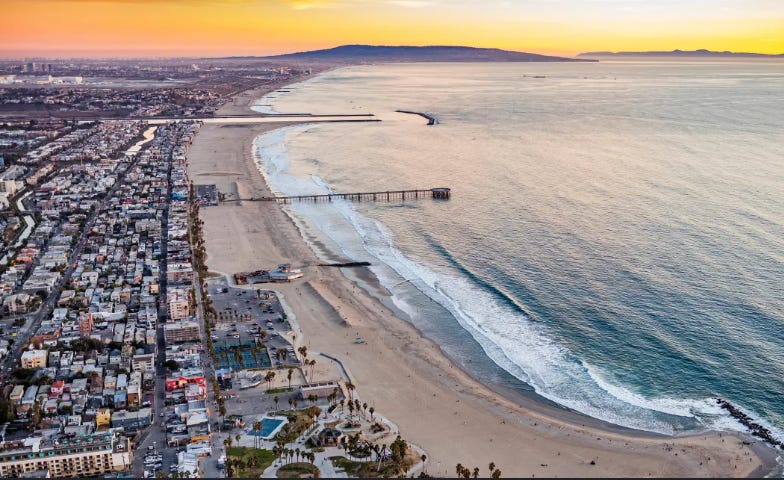
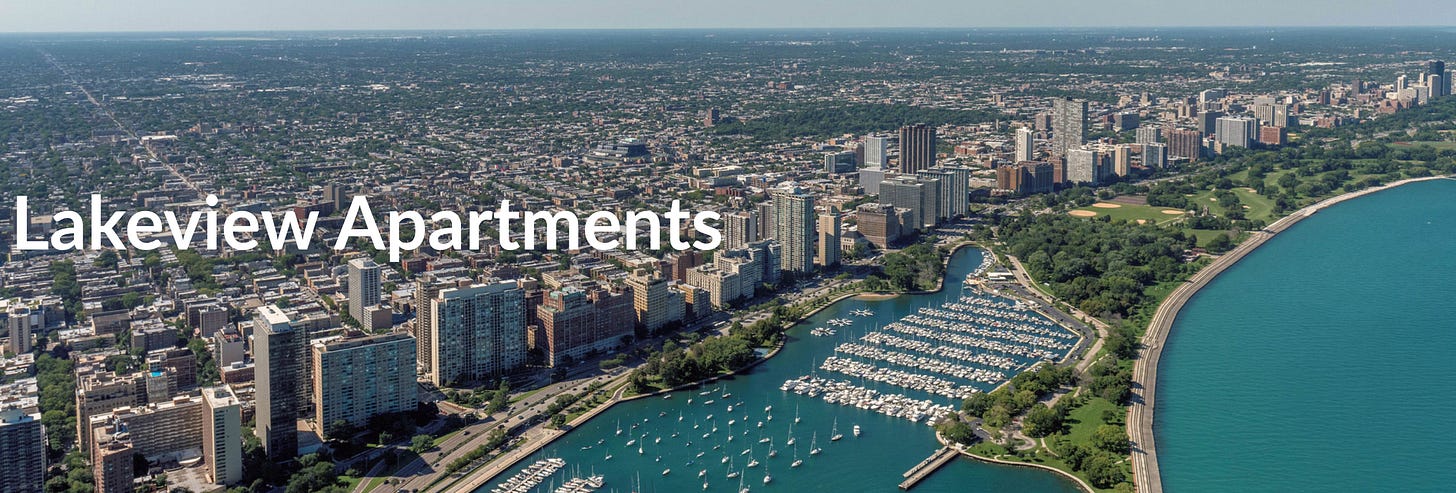
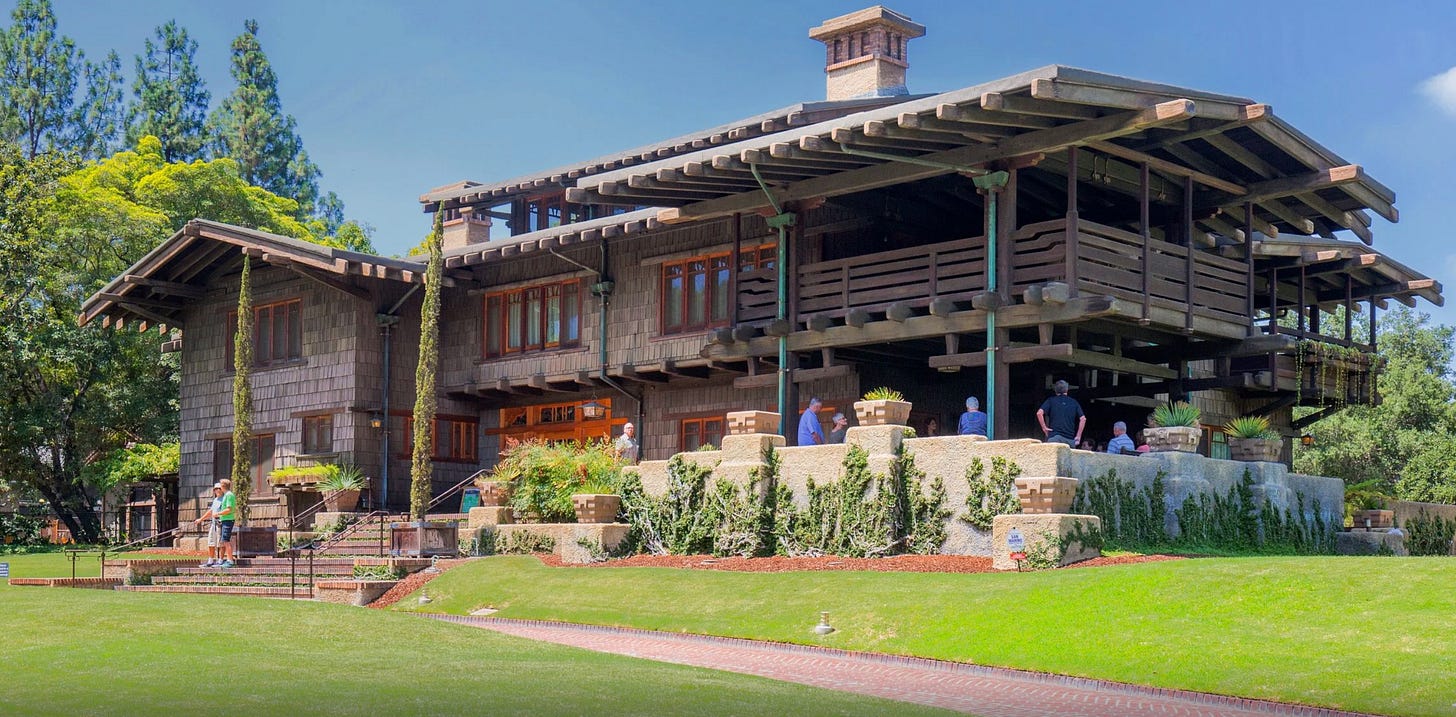
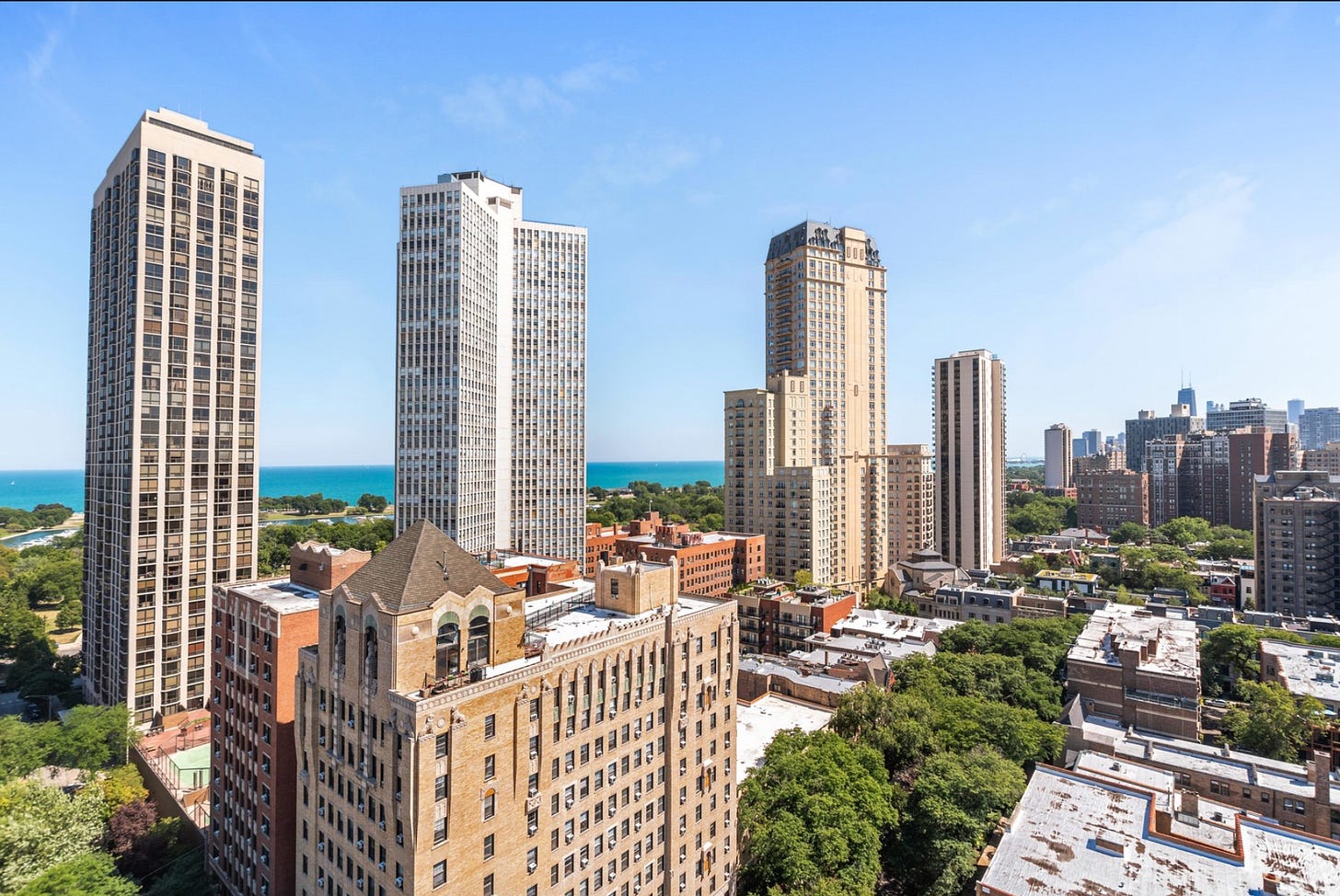
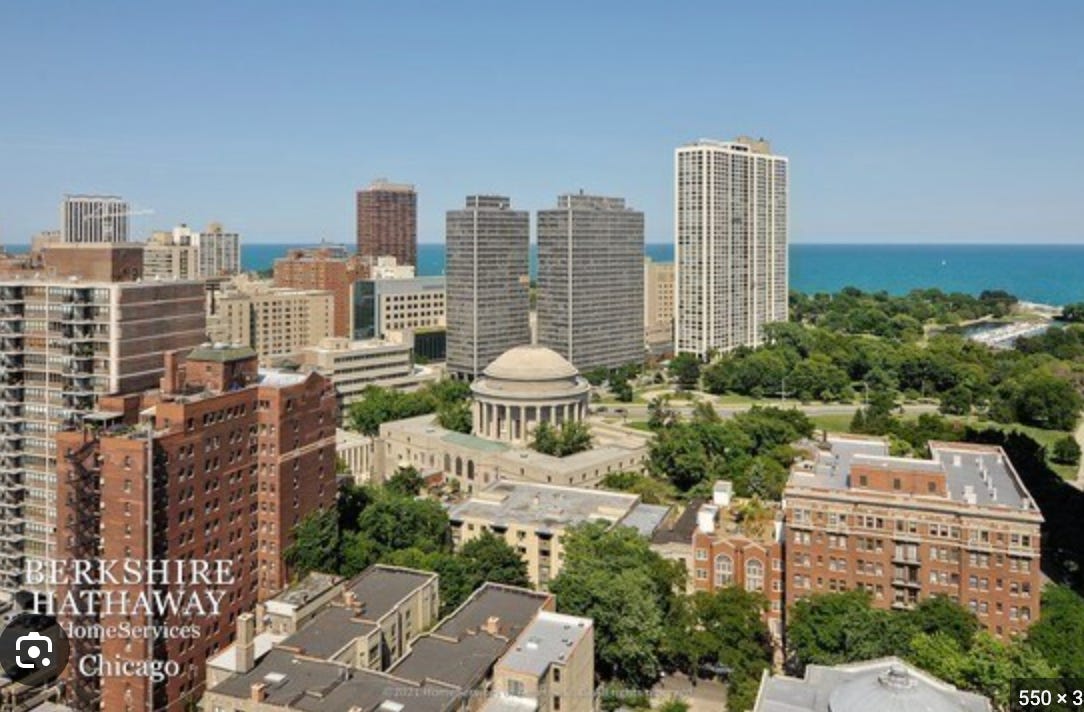
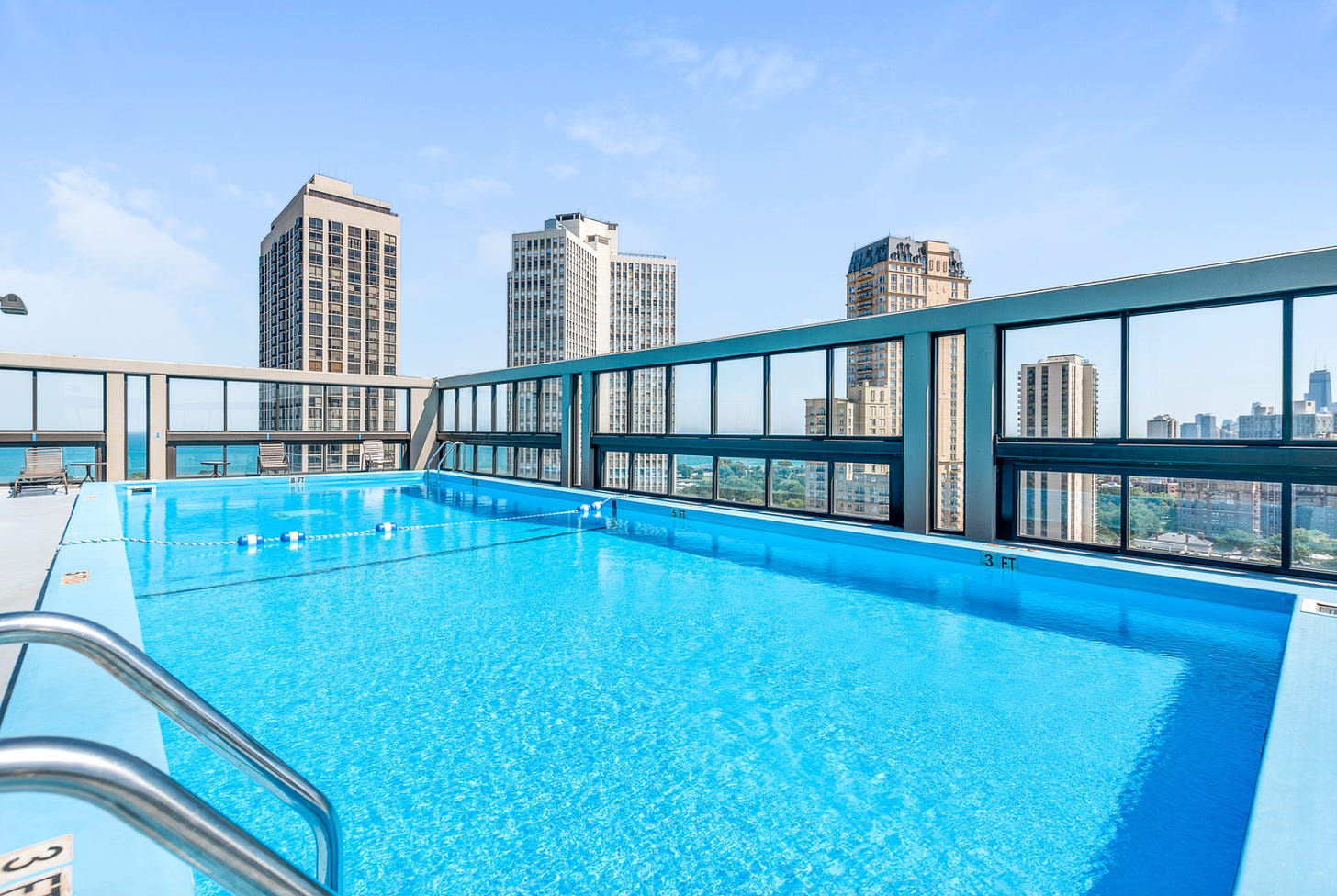
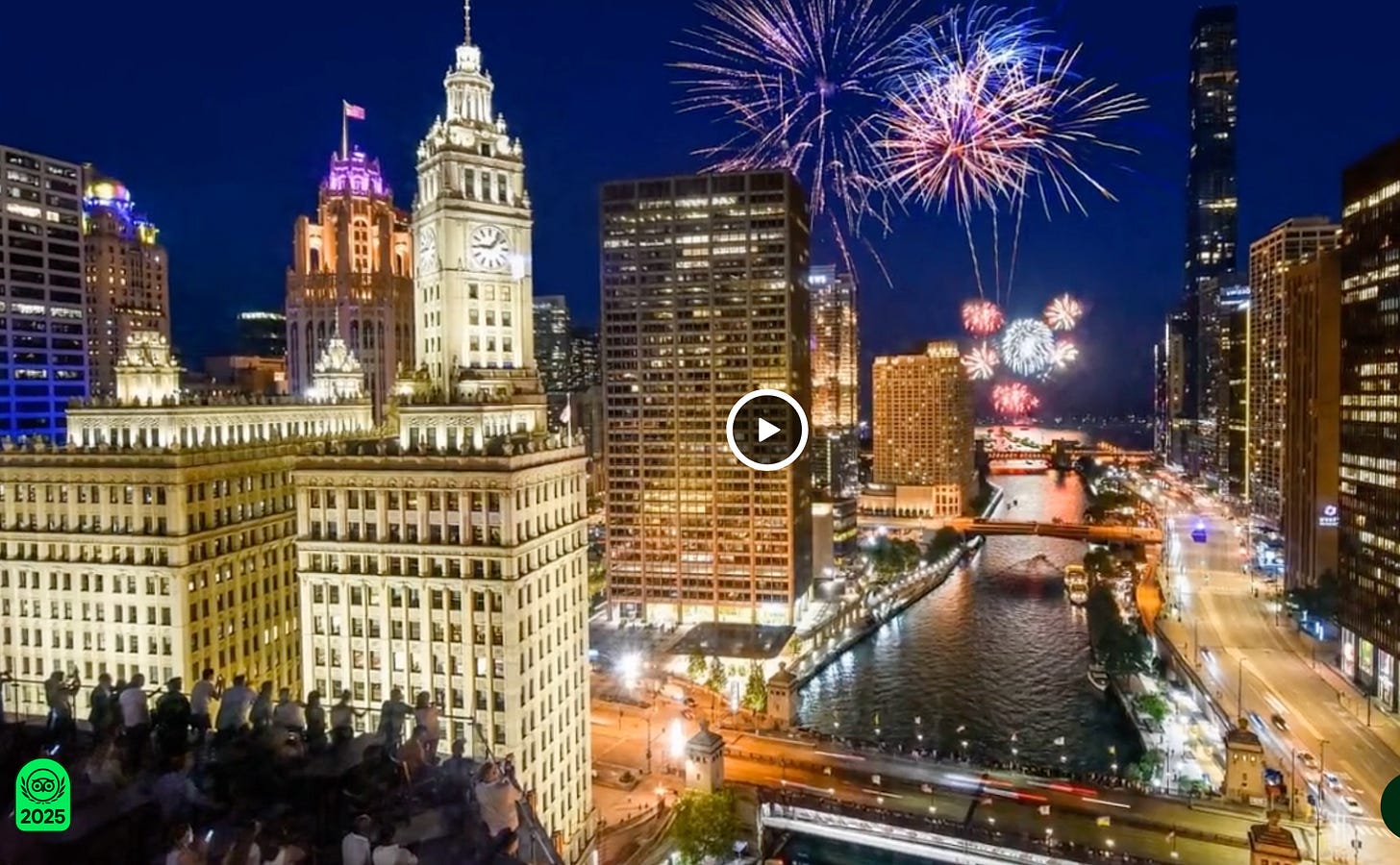
Most any of these urban-planning thought-experiments in the USA will run up against the Race issue, limiting practical and real-world implementation of good ideas.
There is a sense in which US cities are primarily about maintaining racial harmony, often by means of lowering standards in some way. Partially abandoning commons, conceding "parts of the city fully" to disorder, and "all the city partly" to disorder (or implied disorder).
Stated more simply: Cities do not quite WANT nice things.
This is quite starkly observable by train travel and intra-regional rail travel and what huge wasted potential there is with it.
The Very Slowly Falling Millennium Tower in San Francisco probably just needs to be brought down now instead of instantly and catastrophically later.
Supposedly the smartest and most expensive engineers in the world have devised a fix but I don't think anybody knows yet.
I remember wondering how you would actually bring it down and figured that it would be opposite the way it went up. So you would start from the top down and the outside in. I think it's too high and the area is too dense to implode it.
I wouldn't buy one of those condo units for fifty thousand dollars. I'm not sure you could even give it to me.